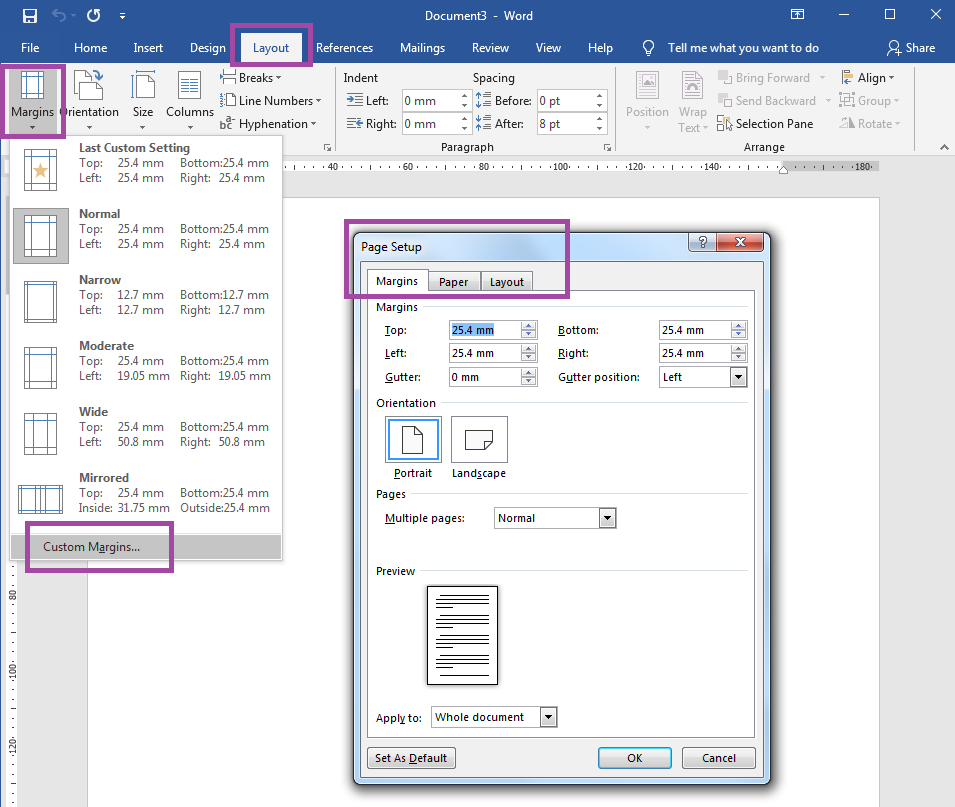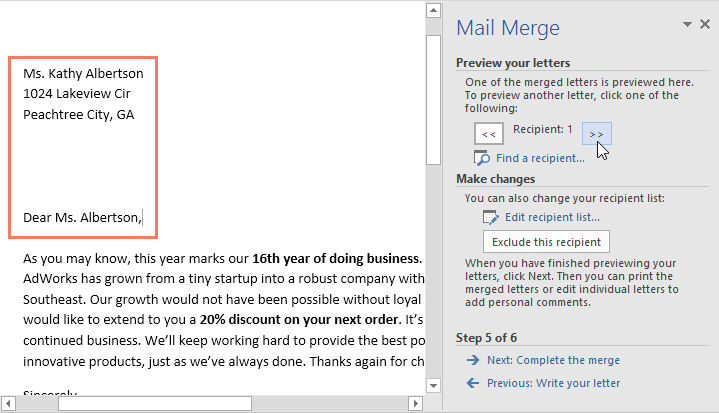

- #How to format list of addresses in word for labels how to#
- #How to format list of addresses in word for labels free#
When creating labels, Word asks for the vendor and this product number. This tutorial assumes the names and addresses will be exported from a Microsoft Outlook Contacts folder or a Business Contact Manager folder.Ī package of blank address labels usually has a product number. This is useful for business mailings or mailing of holiday cards. You may also print a page of labels containing a different address on each label.

#How to format list of addresses in word for labels how to#
We will explain how to print this type of label. It may also be useful to print a page of address labels per customer if mailings are frequent. This is most useful for return address labels. It is quite easy to print a page of labels with the same address using Word. There are two types of labels you can print: pages of labels containing the same address, or pages of labels where each label contains a different address. ○ Two Types of Address Labels in Microsoft Word Read our disclosure policy to learn more.

#How to format list of addresses in word for labels free#
This free Word template allows you to easily create as many labels as you need for a specific purpose.○ This tutorial contains affiliate links. One that comes highly recommended by several WordTips subscribers is Bates Labels from Payne Consulting ( ). Of course, there are third-party solutions that are available for creating sequentially numbered labels. You should now have a document that has all your labels in it, and you can print them as desired.

Thus, if you need a total of 125 labels, and you can get 3 labels per line, you should end up with 42 rows of labels. You want enough rows of labels to meet your entire needs. Press Ctrl+V for each additional row of labels you want.(Don't worry yet that they have the same numbers on them.) You should now have two rows of labels, correctly formatted. Press Ctrl+V to paste a new row of labels.Press the right arrow, which should place your insertion point immediately after (beneath) the first row of labels.Select the entire first row of labels and press Ctrl+C.Select the other, blank rows of labels and delete them.You should now have a complete row of the labels. Select each of the other labels in the first row in turn, and press Ctrl+V.Copy the first label by selecting it and pressing Ctrl+C.Format the contents of this first label any way you desire.The field is collapsed and a number appears in your label. Type a name for this sequence of numbers, such as "exhibit" (without the quote marks).Word inserts a pair of field braces in the label. In the top-left label, type the word Exhibit, followed by a space.Use the Envelopes and Labels option from the Tools menu to create a sheet of blank labels.Perhaps the easiest way to set up labels that have sequential numbers is to use the Envelopes and Labels capability of Word in concert with the SEQ field. While all of these features (and more) use some type of numbering in them, they are not all well suited to creating labels. For instance, you can use different fields for numbering, or use numbered lists, the captioning feature, or you can use mail merging. Word has many ways you can implement some type of numbering in your documents. If you work in a business where you need to sequentially number items, you might be wondering if there is a way you can use Word to create the labels for you.


 0 kommentar(er)
0 kommentar(er)
